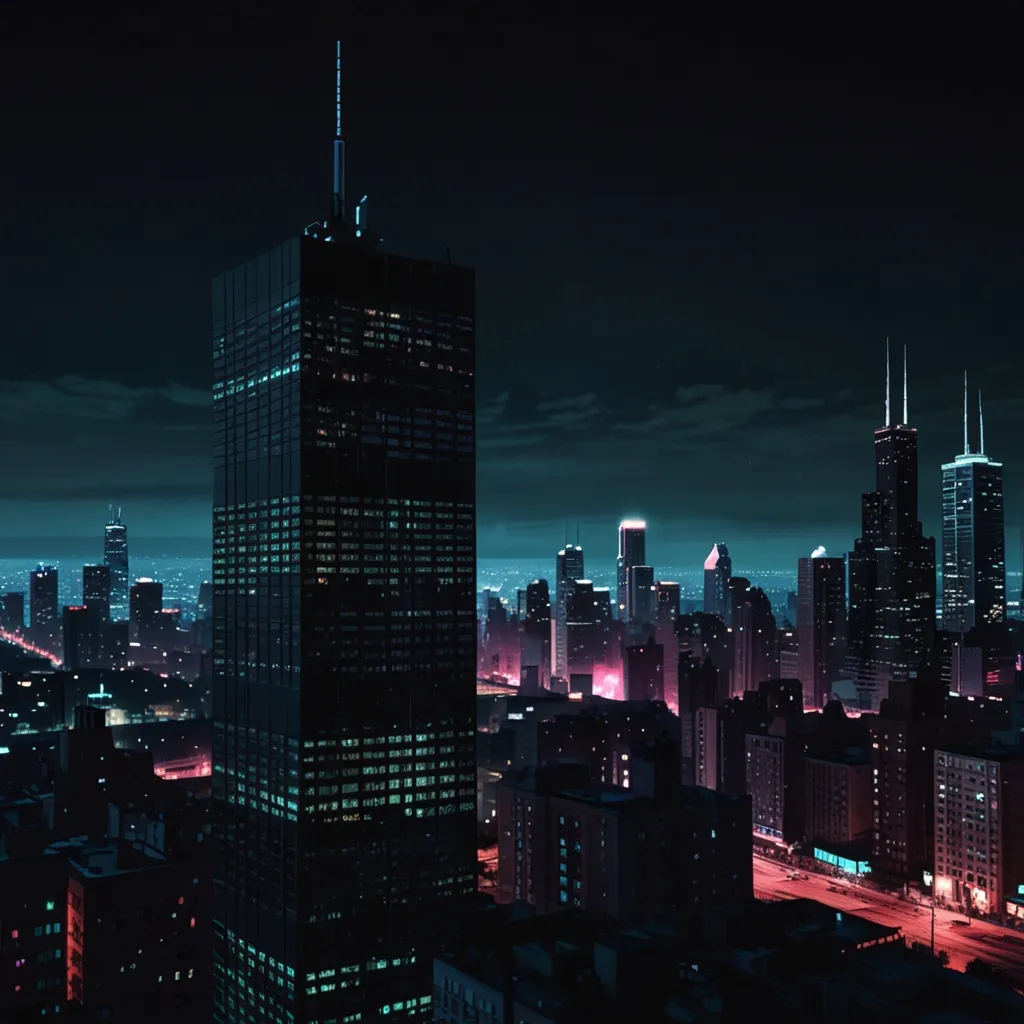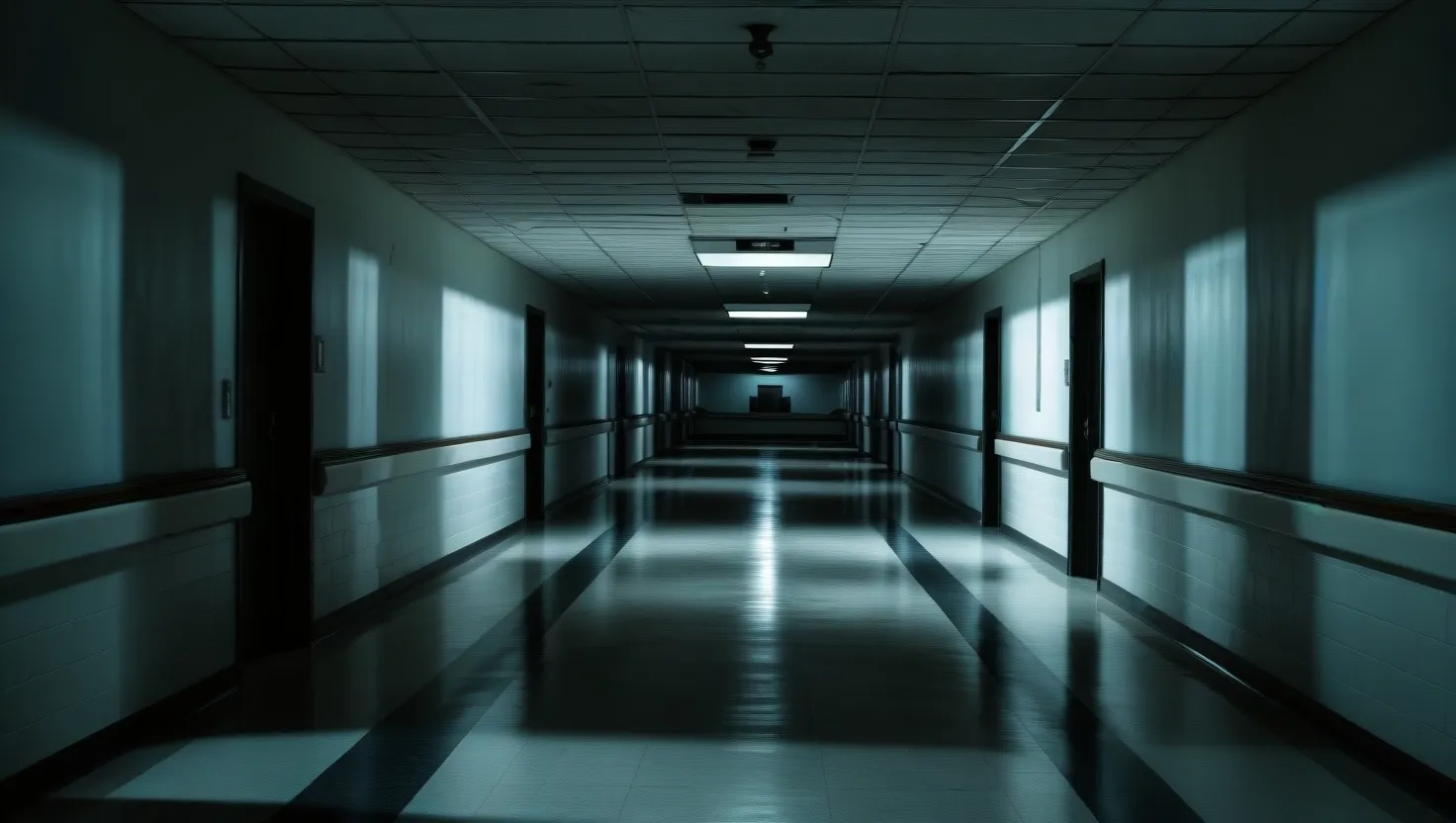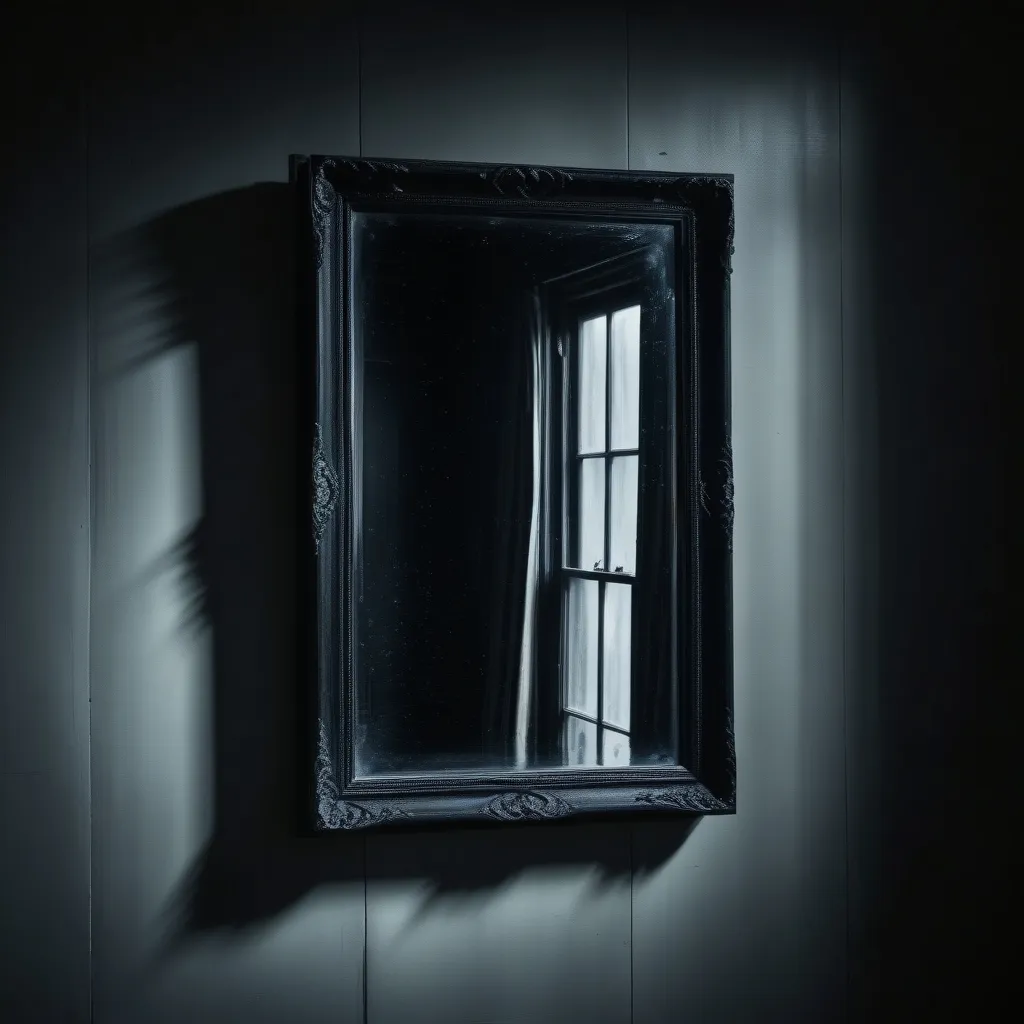On a seemingly ordinary evening in Chicago on November 22, 1987, the usual rhythm of television broadcasting was about to take a bizarre turn. Viewers tuning in to watch Dan Roan deliver the sports segment on WGN-TV Channel 9 found their screens interrupted by an unexpected black void. The station engineers initially suspected a technical glitch with transmitters. What followed was a hijack that would become known as the infamous Max Headroom Incident, one of television’s most mysterious unsolved crimes.
The signal interruption was brief but unforgettable. Emerging from the blackout, a masked figure resembling the artificial intelligence TV character Max Headroom appeared onscreen, a rubber face and dark glasses making for a chilling spectacle. Though silent during this initial takeover, the mere presence of this imitation maxified the unsettling aura of the interruption. In thirty suspenseful seconds, the regular broadcast was restored, but the incident had already made its mark.
Despite the swift restoration of the WGN broadcast, Chicago’s airwaves weren’t free of disturbance. Just about two hours later, on PBS Channel 11, viewers watching a “Doctor Who” episode experienced the second wave of intrusion. This time the masked figure had a lot to say, speaking in a cryptic manner that added a layer of menace to the bizarre spectacle. Unfortunately for this station and its shaken viewers, there were no engineers left by that time to counter the intrusion; the video played through its entirety, and the station’s signal was only resumed after the hijacker had finished his performance.
The broadcast interruptions prompted a swift investigation by the FCC and FBI, yet the mystery only deepened as time passed. The entities searched for clues and suspects throughout the sprawling metropolis, delving into the complex world of telecommunications. Despite their efforts, the elusive Max Headroom imposter stayed one step ahead.
To truly grasp the bizarre incident, one must understand its 80s context. Max Headroom, a pop-cultural icon of cyberpunk, had hit the airwaves in a futuristic saga in 1985 envisioned as “20 Minutes into the Future,” a world where TV networks held dictatorial control over the state. Max represented a satire of media culture, where the line between authenticity and showbiz blurred to oblivion. Some say the exaggerated world of Max Headroom eerily foresaw trends that would become mainstream decades later. Back then, Max Headroom’s broadcasts acted less as a parody and more as a cryptic commentary on society’s growing obsession with media and technology.
But how did a real-world interruption like this unfold in a seemingly invulnerable city like Chicago? It involved technical wizardry and audacious nerve. The masked figure commandeered the TV broadcast using sophisticated knowledge and equipment. Persuading a broadcast tower that their signal was authoritative, technically overpowering the real transmitters, reflected a deep understanding of the broadcasting giants. This wasn’t just a mischief-maker with a curious streak but a calculated individual with specialized competence.
This kind of manipulation mirrored an earlier historic hacking event linked to HBO and a fellow called Captain Midnight—John McDougall, to use his real name. Captain Midnight had protested broadcast fee hikes by overpowering HBO’s transmission during a feature film, using a similar technique of sending a more powerful signal to a satellite. Caught soon after, McDougall’s protest highlighted dissatisfaction with rising consumer costs.
Though McDougall owned up to his electronic rebellion, the identity of Chicago’s Max Headroom imposter remains as hidden as ever. Some believe the culprit was an insider, potentially with a personal vendetta against WGN. Regardless of intent or origin, Max’s on-air mischief remains an unsolved enigma, capturing public imagination with the knowledge that someone managed to breach corporate media defenses, unscathed and unnoticed.
While theories floated around—knitting together speculation about who might have pulled off such a feat—no solid leads materialized. Each theory, no matter how plausible to enthusiasts, eventually faltered without evidence. From amateur tech enthusiasts to conspiracy buffs on modern forums like Reddit, the debate lives on, sustained by intriguing conjecture over factual understanding.
The incident, analyzed under the spotlight both then and now, underscores not just a technical prank but the tension between artistic expression and authorized control. It brings forward the question: how does society balance the creative anarchy exemplified by such acts against the structures of commercial media power? Even now, when you consider how advanced hacking has transformed, the simplicity yet boldness of the Max Headroom Incident holds a nostalgic allure.
In an ironic twist, the satirical figure of Max Headroom, originally a fictional critique of media consumerism and corporate gatekeeping, was used by real-life hijackers to breach those very barriers. As time has moved on, the technology in question has advanced; safeguards have improved, including encrypting signals to prevent a repeat performance. However, the intrigue around that cold evening in Chicago never quite vanished. The Max Headroom Incident continues to live in infamy—not just as a historical oddity but as a reminder of a time when even giants like a television network could be played by the deft hands of the unfathomably clever, shattering viewers’ perceptions with a homemade broadcast.
Who was Max? The question lingers, shrouded in decades-old mystery. But perhaps that’s the enduring appeal of this hijack—it wasn’t driven by any apparent message or demand but the thrill of doing the seemingly impossible. Sometimes, in a world that insists on order, the unfiltered chaos of such acts reminds us of technology’s vast landscape—ripe both for creation and subversion.






